Summary
- The iPad 11th Gen is among the most value-for-money tablets in 2025. it provides an affordable entry point to the Apple ecosystem.
- The Galaxy Tab S10 FE is Samsung’s latest mid-range tablet with several AI-based features and an S Pen in the box.
- While the tablets firmly stand their ground, there are over a dozen differences that you should consider before making a purchase.
The Apple iPad 11th Gen and the Samsung Galaxy Tab S10 FE are excellent tablets. However, they differ from each other in a few key aspects that can either make or break your decision.
The Galaxy Tab S10 FE Is Slimmer Yet Heavier
Apple’s entry-level iPad and Samsung’s mid-range tablet follow a similar design language with a few subtle yet noticeable differences.
Both tablets have symmetrical bezels on the front (thinner on the Tab S10 FE), a clean aluminum back panel, one rear-facing camera, and one front-facing camera (situated on the longer side).
Even though the tablets have a similar form factor, the Tab S10 FE is 5.7mm longer, while the iPad 11th Gen is 13.7 mm wider. Interestingly, Samsung’s new tablet is exceptionally thin at 6mm, while the iPad is a bit thicker at 7mm.
Despite being thicker, the iPad is lighter (0.70oz or 20g for the Wi-Fi model).
If you’re fond of vibrant colors, the iPad 11th Gen comes in four finishes: Yellow, Pink, Blue, and Silver. On the other hand, the Galaxy Tab S10 FE is available in three minimal yet classy colors: Silver, Gray, and Blue.
The Tab S10 FE offers water resistance—an official IP68 dust and water resistance rating—something the iPad 11th gen lacks. However, it’s not just the baseline iPad 11th Gen; even the more expensive models like the iPad Air or the iPad Pro don’t have an IP rating.
Both tablets have a fingerprint scanner (built into the power button).
Tab S10 FE Offers a Brighter, Smoother Display
The iPad 11th Gen features an 11-inch Liquid Retina (IPS LCD) screen with a resolution of 2360 x 1640 pixels (264 ppi) and a peak brightness of 500 nits. It also supports True Tone, a feature that controls the screen’s temperature based on the ambient light.
Unlike other iPad lineups, the baseline model doesn’t get a fully laminated screen. Nonetheless, it still supports the Apple Pencil (USB-C) and the Apple Pencil (1st generation).
It is important to mention that the stylus doesn’t come bundled within the box; you’ll have to purchase it separately.
While Apple sticks to the usual specifications, Samsung equips the Tab S10 FE with an 11-inch LCD screen that supports a 90Hz refresh rate, which makes scrolling and other system animations noticeably smoother.
The screen has a resolution of 2304 x 1440 pixels (249 ppi) and supports a peak brightness of 600 nits (and an outdoor brightness of 800 nits). Even though the Tab S10 FE’s screen isn’t as sharp as the iPad’s, it is significantly brighter and smoother.
While Apple makes you spend more on a stylus, Samsung provides one in the box. The included S Pen lets you take notes, draw illustrations, and navigate around the user interface.
Samsung’s stylus doesn’t require charging (though you can attach it magnetically to the back of the tablet).
A16 Bionic vs. Exynos 1580
Under its aluminum exterior, the iPad 11th Gen runs on Apple’s A16 Bionic (4nm) chipset, a big upgrade from the A14 Bionic (5nm) chip on the outgoing model.
The chip features a five-core CPU, a four-core GPU, and a 16-core Neural Engine. Paired with 6GB of RAM on the iPad, the chip provides enough horsepower to run video games on medium to high settings and edit social media videos. You can also choose from up to 512GB of storage space.
On GeekBench 6, the iPad 11th Gen scores around 2450/4352 points in the single/multi-core CPU test, which is excellent for a tablet of its price. Moreover, the chipset offers more power than regular users need and gives it enough headroom to last for years.
While the iPad 11th Gen offers tremendous raw processing power, that isn’t the case with the Galaxy Tab S10 FE. Samsung’s latest tablet runs on the Exynos 1580 (4nm), which is the same chipset that powers the Galaxy A56 5G. It has an eight-core CPU and the Xclipse 540 GPU paired with up to 12GB of RAM and 256GB of storage.
Yes, the Exynos 1580 is a considerable upgrade over the Exynos 1380 chipset, but it isn’t a match for the A16 Bionic chip on the iPad. The Galaxy Tab S10 FE scores around 1350/3850 points in the single/multi-core CPU performance test on GeekBench 6, which is nowhere even close to the score of its competitor.
While the Android tablet should be able to perform everyday tasks like browsing the web, streaming videos, and running multiple apps simultaneously with ease, it won’t be able to run video games or edit videos as well as the iPad.
iPadOS 18 vs. One UI 7
Out of the box, the iPad runs on iPadOS 18, Apple’s latest operating system that allows better home screen and lock screen customizations, a new Control Center, improvements to system apps like Notes, Calculator, Photos, Messages, and a dedicated Game Mode that maximizes performance.
Despite packing in a powerful chipset and running on iPadOS 18, the iPad 11th Gen doesn’t get Apple Intelligence. The device doesn’t support any GenAI features, including but not limited to Writing Tools, Image Playground, Visual Intelligence, and ChatGPT-integrated Siri.
Though Apple Intelligence isn’t the device’s strong suit, long-term software support sure is. Like other models, the iPad 11th Gen should get the latest operating system and security updates for at least four to five years.
On the other side of the spectrum, the Galaxy Tab S10 FE features Samsung’s One UI 7.0 custom user interface on top of Android 15. Similar to how the iPad feels familiar to iPhone users, the Tab S10 FE should feel very familiar to Galaxy smartphone users.
Despite having a less powerful chip, the Tab S10 FE offers several AI-based features, including Circle to Search, Solve Math, Handwriting Help, Galaxy AI Key, Object Eraser, Best Face, and Auto Trim. This is a clear selling point for the Android tablet over the iPad.
Over the last few years, Samsung has improved the software support for its devices across the entry-level, mid-range, and flagship segments. For instance, the company has promised to provide seven years of Android and security updates for the flagship Tab S10 series.
However, that isn’t the case with the Galaxy Tab S10 FE (or at least Samsung hasn’t confirmed it yet). While the company didn’t announce the device’s support policy at launch, it updated the product page to mention the security update period, valid until April 30, 2032.
That’s seven years from 2025, but we aren’t clear about how many operating system updates the device will receive.
Both Tablets Have Similar Cameras
The iPad 11th Gen has a 12MP (f/1.8) primary camera that supports Smart HDR 4 and 4K video recording (up to 60 fps), while there’s a 12MP (f/2.4) front camera that lets you record 1080p videos (up to 60 fps).
Although the camera hardware isn’t exceptional, the iPad offers a useful feature called Center Stage. Using the ultrawide front camera and machine learning to adjust the frame dynamically so you are in the center.
Similar to the iPad, the Tab S10 FE features a 13MP (f/2.0) primary camera that can record 4K videos (in 30 fps) and a 12MP (f/2.4) ultrawide front camera, which, unlike the iPad, can also record 4K videos (in 30 fps).
As mentioned earlier, the tablet features some photography-related AI smarts like Object Eraser, which removes unwanted objects from an image’s background, and Best Face, which lets you select the best expressions of the people in a picture.
Moreover, both tablets have a basic camera setup that should be enough for capturing pictures of documents, notes, casual landscapes, and attending video calls.
Battery Life and Connectivity
On the iPad, you get a 28.93-watt-hour battery (7,606 mAh or more) that lasts up to 10 hours of web surfing or watching videos for the Wi-Fi models and up to nine hours for the cellular models.
In contrast, the Tab S10 FE packs an 8,000 mAh battery, which should provide up to 20 hours of video playback. According to Phone Arena’s battery tests, the tablet’s average battery life is around seven hours, much higher than the iPad’s four and a half hours.
For connectivity, both tablets provide 5G (optional), Wi-Fi (Wi-Fi 6 on the iPad vs. Wi-Fi 6e on the Tab S10 FE), Bluetooth v5.3, and a USB Type-C 2.0 port.
However, while reviewing the device’s spec sheets, I realized that the iPad’s USB-C port supports an external display (4K at 60Hz), while the Tab S10 FE doesn’t.
What Accessories Do the Tablets Support?
For the iPad 11th Gen, you can purchase the Smart Folio case ($79) or the Magic Keyboard Folio ($249). Then there’s the Apple Pencil (1st generation), which costs $99, and the Apple Pencil (USB-C) for $79.
With the Galaxy Tab S10 FE, you can get the Book Cover Keyboard with AI Key for $199.99, the Book Cover Keyboard with AI Key (Slim) for $139.99, and the Smart Book Cover for $79.99.
Tab S10 FE Costs $150 More Than the iPad 11th Gen
The baseline iPad 11th Gen (128GB, Wi-Fi) costs $349, while the one with cellular connectivity costs $499. The tablet has a charger in the box, so you’d only have to spend on the Apple Pencil.
The Galaxy Tab S10 FE (128GB, Wi-Fi) costs $499.99 ($150 more than the iPad). If you want cellular connectivity, you’d have to spend at least $599.99 ($100 more than the 5G iPad).
Unlike the iPad, Samsung’s tablet doesn’t ship with a power brick.
iPad 11th Gen (Wi-Fi) | iPad 11th Gen (Wi-Fi + Cellular) | Galaxy Tab S10 FE (Wi-Fi) | Galaxy Tab S10 FE (Wi-Fi + Cellular) | |
128GB | $349 | $499 | $499.99 | $599.99 |
256GB | $449 | $599 | $569.99 | – |
512GB | $649 | $799 | – | – |

iPad 11th Generation
The iPad 11th gen is a colorful and versatile tablet with a 10.9-inch Liquid Retina display, a powerful new A16 chip, and now comes with double the storage. You’ll enjoy a landscape 12MP Ultra Wide front camera. It supports Apple Pencil, Magic Keyboard Folio, and 5G connectivity.

Samsung Galaxy Tab S10 FE
The Galaxy Tab S10 FE is built to boost productivity and provide smooth gameplay. Its upgraded performance and multitasking capabilities make switching between apps easy, and the 13MP rear camera captures clear photos. Slim and portable, it’s also durable with an IP68 rating.
For a starting price of $349, the iPad 11th Gen (Wi-Fi, 128GB) offers more value for your money. The fact that its 256GB variant costs $50 less than the Tab S10 FE’s base variant with 128GB of storage seconds the notion. The baseline iPad is also an excellent entry point for budget buyers who wish to experience an iPad but don’t want to spend a fortune on the Air or Pro models. If you already have an iPhone, the iPad is a no-brainer.
However, if a brighter, smoother screen and a bigger battery are your priorities, and you already own an Android smartphone, you can’t go wrong with the Tab S10 FE.






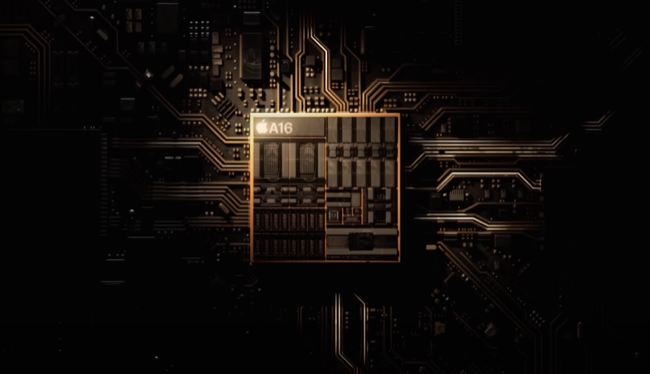

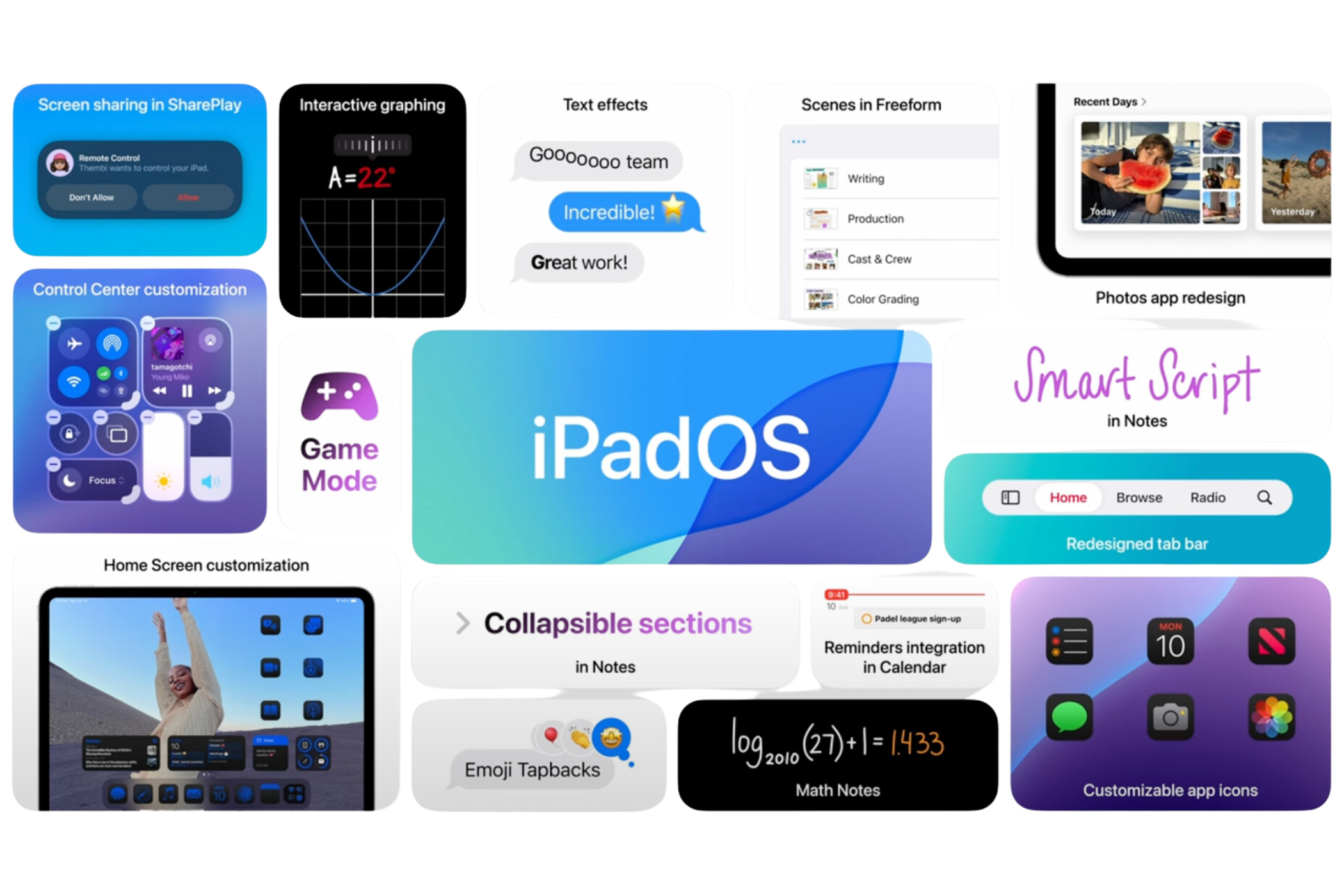



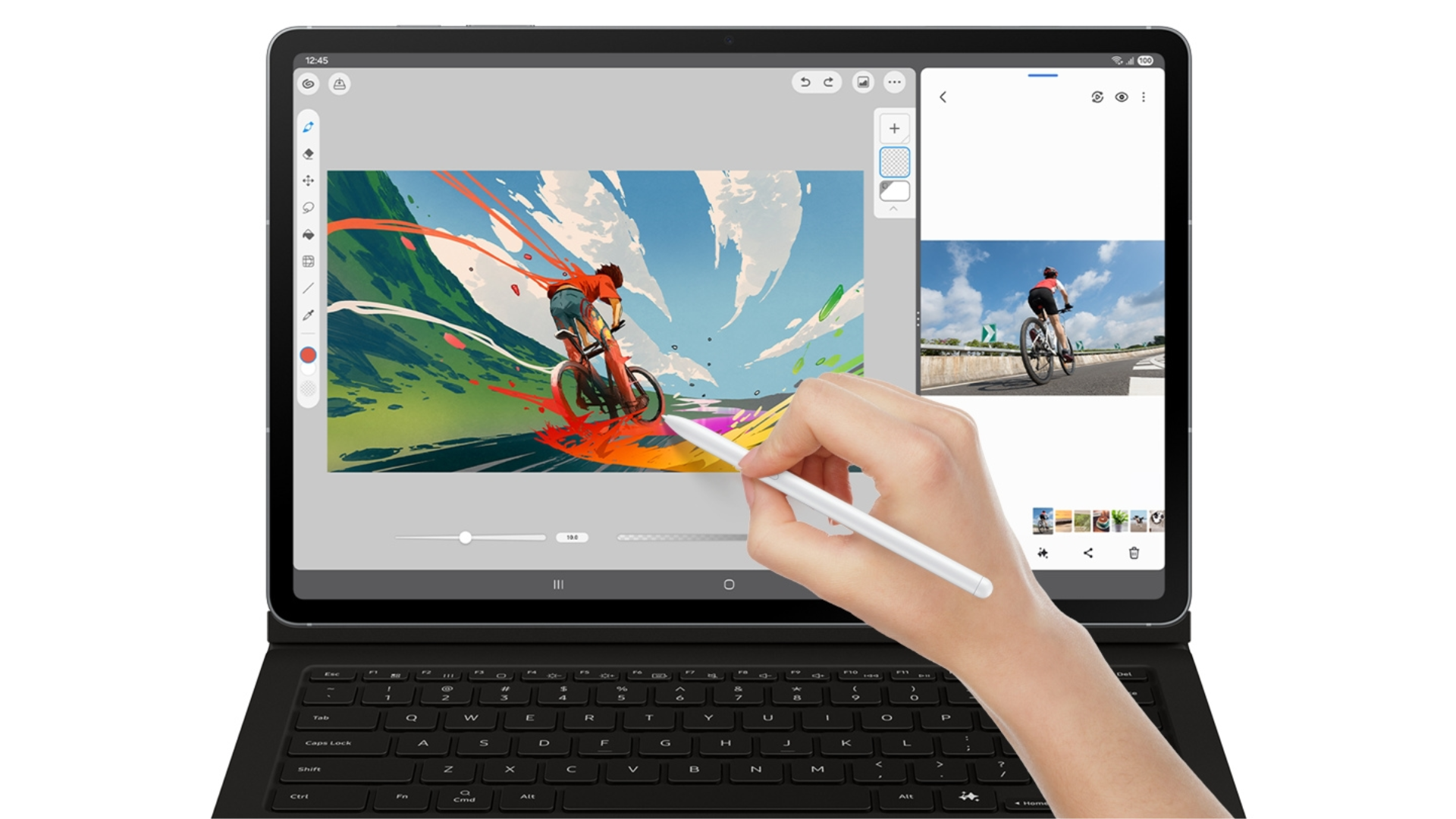
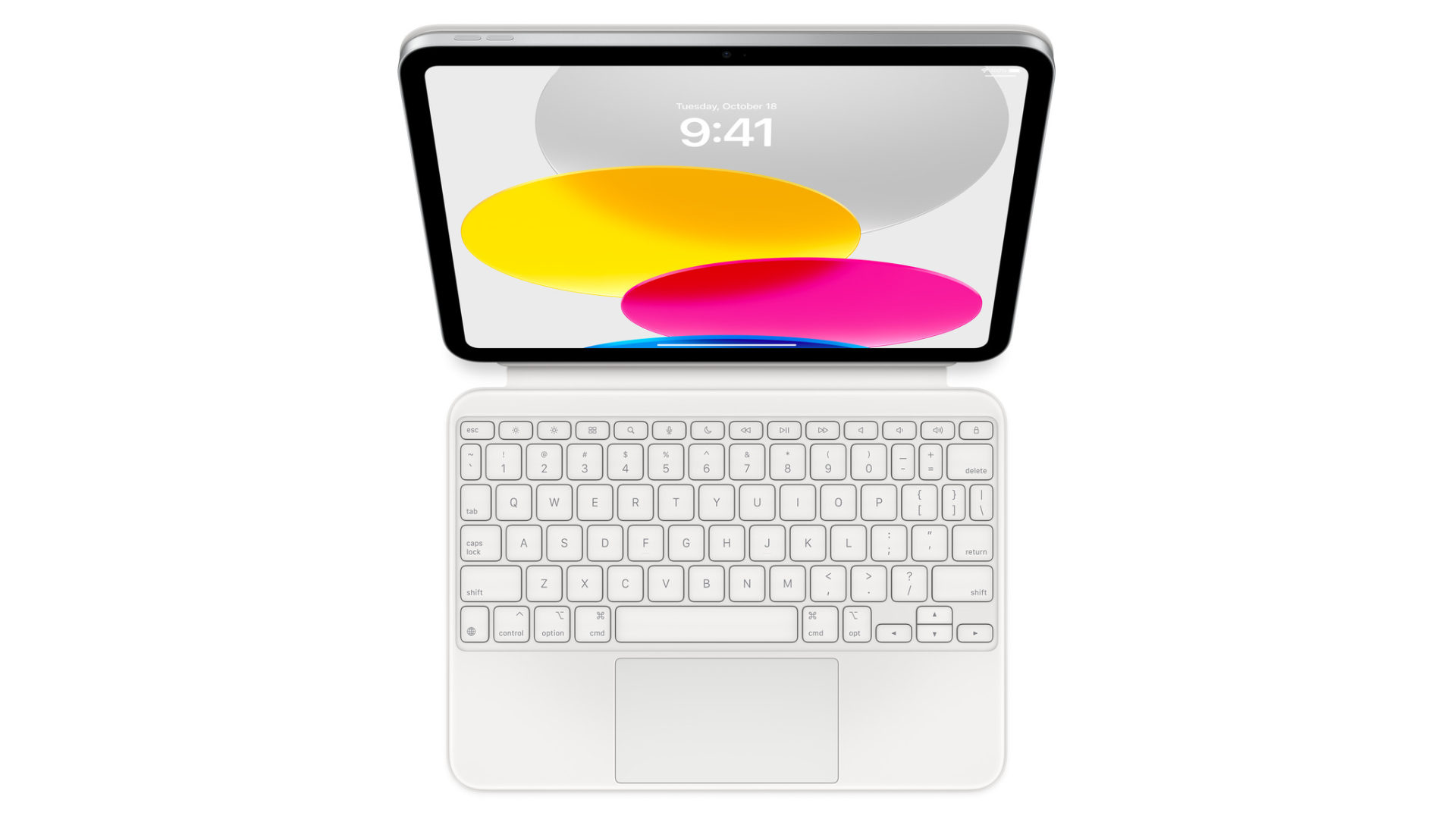
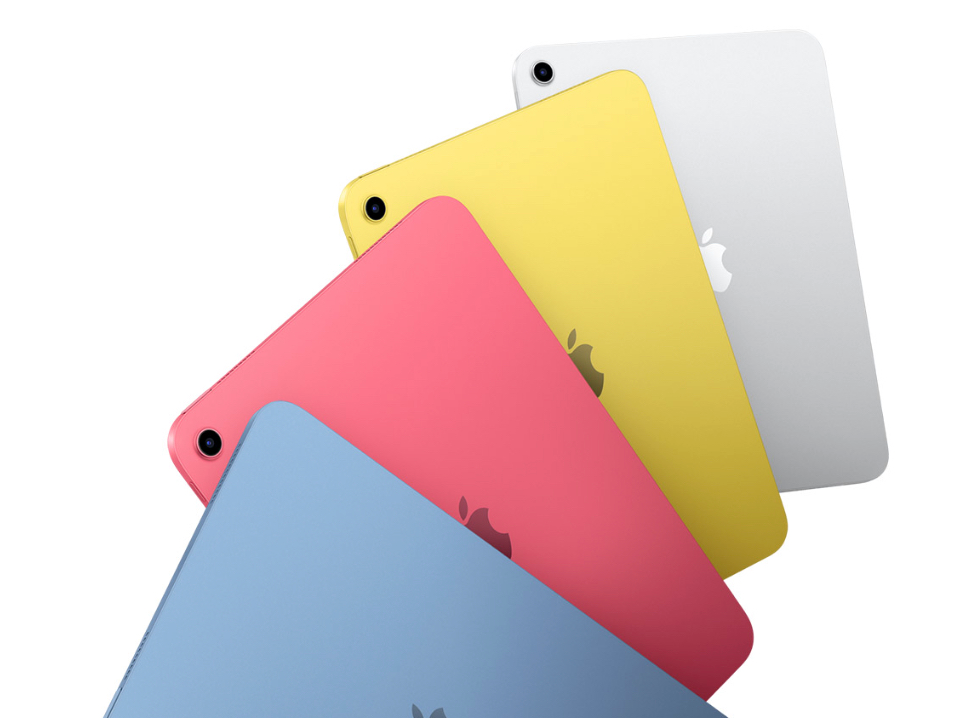





Leave a Comment
Your email address will not be published. Required fields are marked *